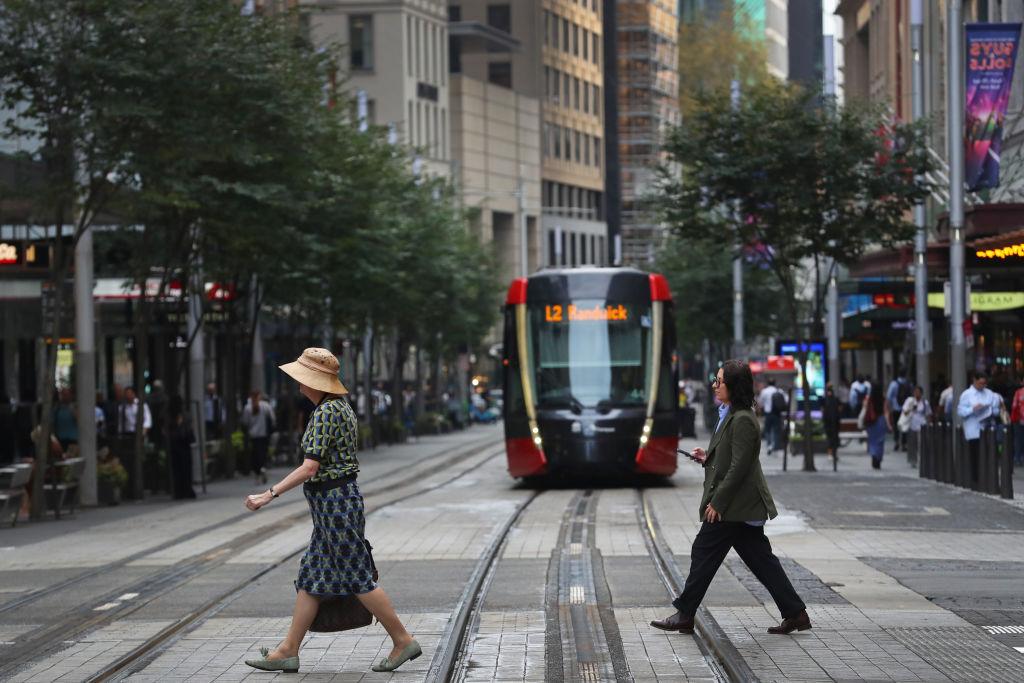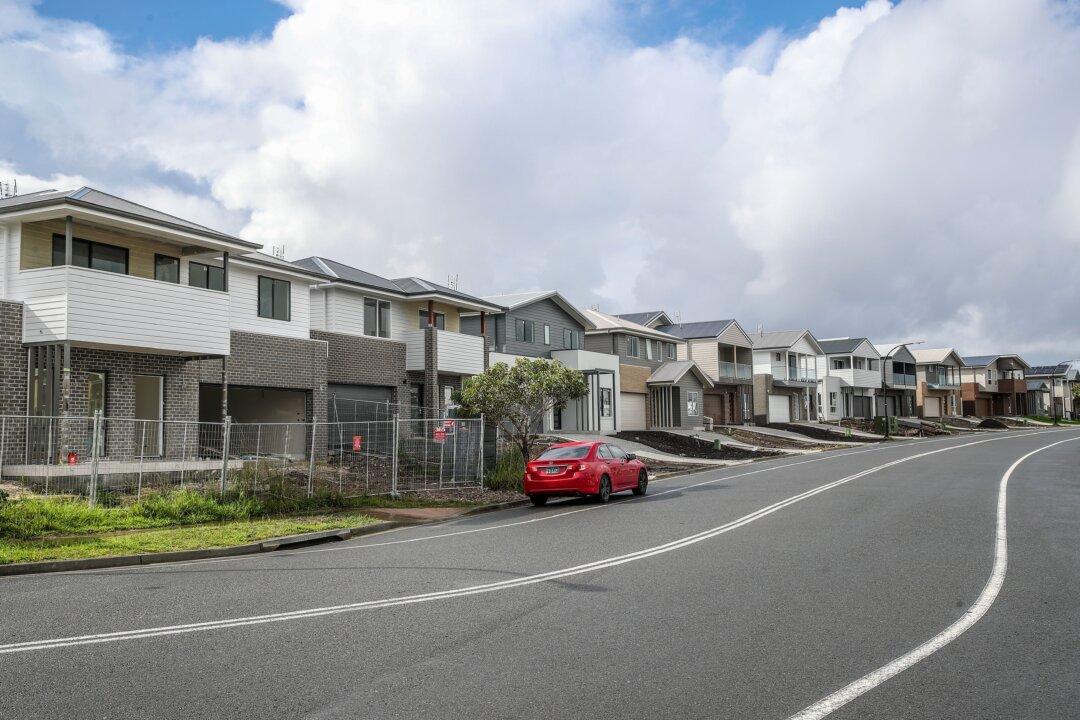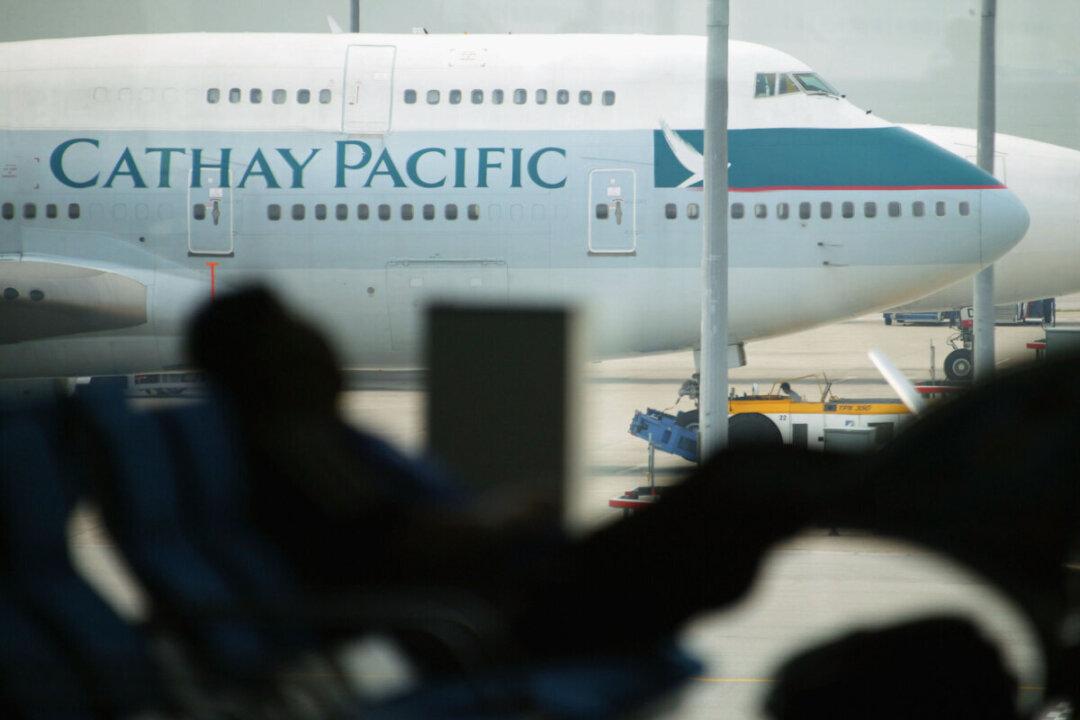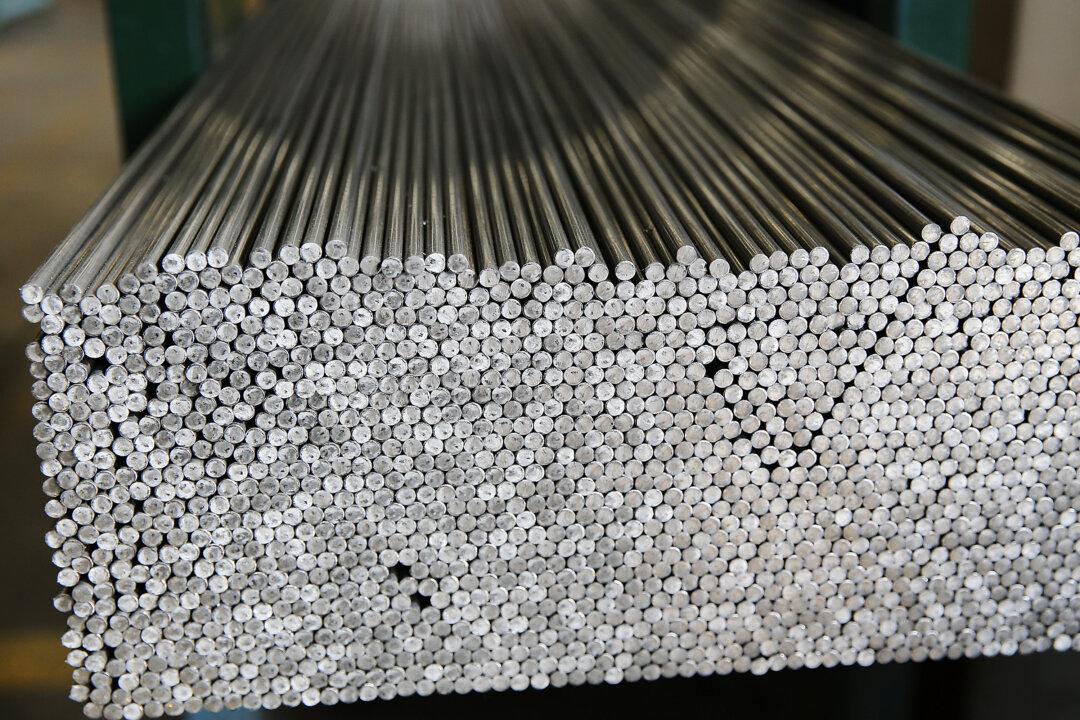The Asia-Pacific Economic Cooperation (APEC) is seeking to strengthen its cooperation to harness clean and low-carbon hydrogen as a source of stable electricity in the region.
During the workshop hosted by APEC Peru 2024, policymakers, industry leaders, and researchers shared their respective experiences, challenges, and opportunities in integrating hydrogen into their energy mix.




